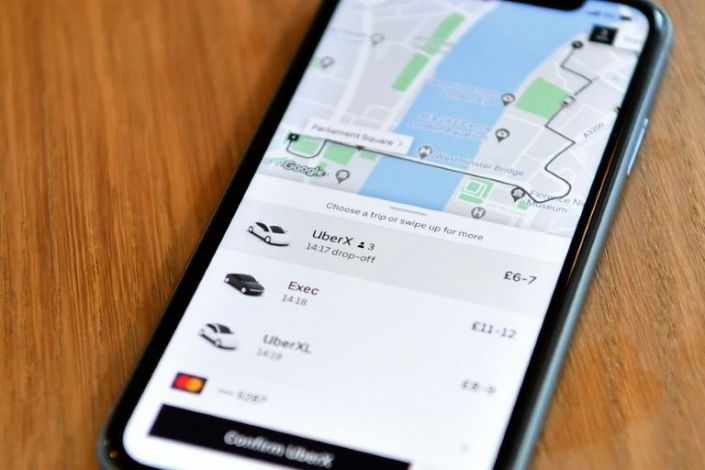The United Nations called Tuesday for urgent international regulations ensuring fair conditions for workers paid via digital platforms such as food delivery apps — a form of employment that has rocketed during the pandemic.
The number of online platforms offering work has grown five-fold over the last decade, according to a report released by the International Labour Organization (ILO), a UN agency.
They range from taxi-booking apps to services connecting customers with a plumber or a freelance website developer.
And the shift to finding work via such platforms has accelerated during the pandemic, due to soaring job losses and increasing demand for home deliveries in countries where restaurants and retail have been shut.
“Since the Covid‑19 outbreak, the labour supply on platforms has increased significantly,” the ILO said.
The increased competition was in some cases forcing workers to accept less money per job than before, it added.
And some sectors heavily reliant on online platforms, such as ride-hailing, have seen a drop in business, causing difficulties for drivers not receiving a regular salary.
A survey of taxi drivers in Chile, India, Kenya and Mexico found that nine out of 10 had lost earnings due to Covid, some having to take out loans or defer bill payments to get by.
“Seven out of 10 workers indicated not being able to take paid sick leave, or to receive compensation, in the event they were to test positive for the virus,” the report said.
– More opportunities for women –
The report also highlighted some of the upsides of the rise of digital labour platforms, for companies and workers alike.
The shift has given businesses access to a large flexible workforce with varied skills, while providing new opportunities for some demographics including women, people with disabilities and the young, it said.
These workers however have only limited protections because they are beholden to the platforms’ terms of service agreements — which are often unilaterally determined.
Workers employed via digital platforms frequently faced limits on access to their basic labour rights, ILO director-general Guy Ryder told journalists.
That included “the right to organise, freedom of association, and the right to bargain collectively”, he added.
Working hours can often be long and unpredictable, while workers sometimes have to pay a commission to work for a platform, the report noted.
And part of those working hours go unpaid, said ILO economist Uma Rani Amara — such as the time spent driving around looking for a customer on a ride-hailing app.
Worldwide, the average hourly income for people working via digital labour platforms is no more than $3.40 per hour, according surveys of some 12,000 workers and 85 businesses included in the report.
Half of online workers earn less than $2.10 per hour, it added.
– Common solutions ‘crucial’ –
In recent years, pressure has been growing on online giants to better protect the workers who rely on them to make a living in precarious conditions.
Last week, Britain’s Supreme Court ruled that drivers for US ride-hailing app Uber are entitled to rights such as a minimum wage and paid vacation — a judgement with huge implications for the so-called “gig economy”.
The ILO called for international cooperation to regulate digital labour platforms. National solutions were not enough because the companies operate in multiple jurisdictions, it argued.
“The only way to effectively protect workers and businesses is a coherent and coordinated international effort,” Ryder said.
“Universal labour standards are, and must be, applicable to everybody,” he added, describing common regulation as “crucial”.
Digital labour platforms globally generated revenue of at least $52 billion in 2019, the report said. But the costs and benefits were not evenly distributed around the world.
About 96 percent of the investment in such platforms is concentrated in Asia ($56 billion), North America ($46 billion) and Europe ($12 billion).
And just over 70 percent of the revenues generated were concentrated in just two countries: the United States (49 percent) and China (22 percent). Europe combined accounted for 11 percent.



Comments are closed.